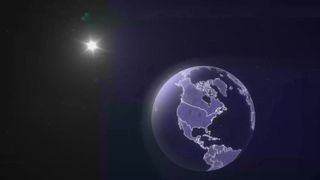
Sharmila Kuthunur
Sharmila Kuthunur is an independent space journalist based in Bengaluru, India. Her work has also appeared in Scientific American, Science, Astronomy and Space.com, among other publications. She holds a master's degree in journalism from Northeastern University in Boston. Follow her on BlueSky @skuthunur.bsky.social
Latest articles by Sharmila Kuthunur
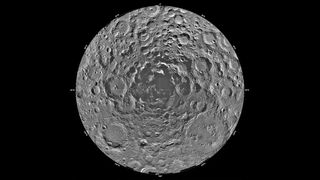
India targets 2028 for Chandrayaan-4 sample-return mission to moon's south pole
By Sharmila Kuthunur published
India is eyeing a 2028 launch for its Chandrayaan-4 moon sample-return mission, followed by an uncrewed lunar lander and rover in collaboration with Japan.

Astronomers prepare for once-in-a-lifetime event: A 'new star' in the night sky
By Sharmila Kuthunur published
A rare nova explosion will soon bring a "new star" to the night sky, and scientists are excited.
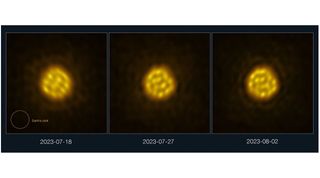
The bubbling surface of a distant star was captured on video for the 1st time ever
By Sharmila Kuthunur published
Astronomers have gotten the first-ever detailed views of turbulent activity on a star other than our own sun.
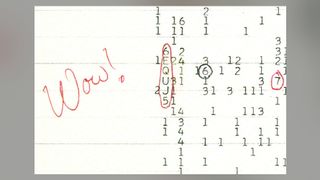
Infamous 'Wow! signal' that hinted at aliens may actually be an exceptionally rare cosmic event
By Sharmila Kuthunur published
The source of a supposed alien broadcast that made researchers go "Wow!" may instead have been the result of a remarkably rare cosmic event, a new study suggests.
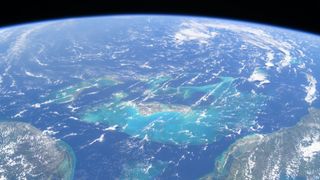
Large patch of the Atlantic Ocean near the equator has been cooling at record speeds — and scientists can't figure out why
By Sharmila Kuthunur published
Scientists are trying to decipher what drove the recent dramatic cooling of the tropical Atlantic, but so far few clues have emerged. "We are still scratching our heads as to what's actually happening," the researchers said.
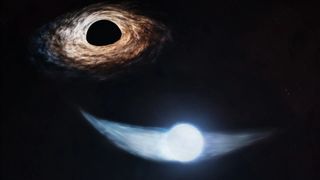
Astronomers find black hole's favorite snack: 'The star appears to be living to die another day'
By Sharmila Kuthunur published
Astronomers have pinned down a faraway black hole's snack schedule after watching it devour a star across years.
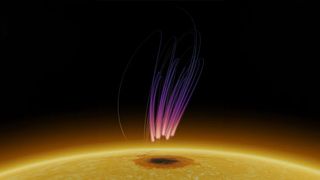
Intense solar storm opens '2-way highway' for charged particles, sparking rare auroras on the sun
By Sharmila Kuthunur published
Last year, Earth spewed charged particles into the sun in a rare cosmic event that has surprised scientists.
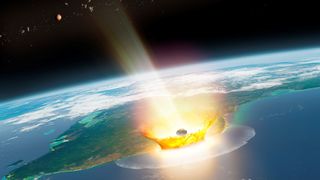
Dinosaur-killing asteroid was a rare rock from beyond Jupiter, new study reveals
By Sharmila Kuthunur published
Scientists have uncovered the "genetic fingerprint" of the dinosaur-killing Chicxulub impactor, potentially revealing the fateful rock's origins in the outer reaches of our solar system.
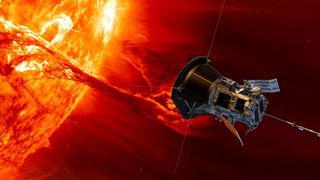
NASA's Parker Solar Probe finds fresh clues to decades-old mystery surrounding the sun
By Sharmila Kuthunur published
NASA's Parker Solar Probe has found news clues in the longstanding mystery of why the sun's outer atmosphere, or corona, is so much hotter than our star's surface.
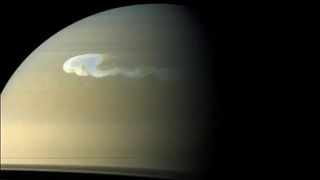
Saturn's planet-wide storms driven by seasonal heating, Cassini probe reveals
By Sharmila Kuthunur published
Saturn pumps into space varying amounts of heat based on its seasons, which drives planet-wide storms, data from NASA's Cassini mission has revealed.
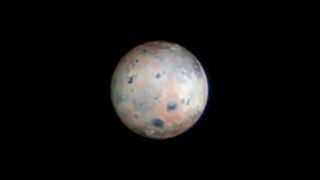
A telescope on Earth just took an unbelievable image of Jupiter's moon
By Sharmila Kuthunur published
Astronomers using the Large Binocular Telescope in Arizona have taken a close-up picture of Jupiter's volcanic moon Io that rivals similar photos taken from space.
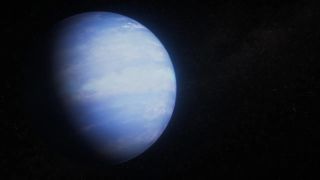
Mysterious 'puffy' planet may finally be explained by James Webb Space Telescope
By Sharmila Kuthunur published
The exoplanet WASP-107 b is one of the least dense planets ever discovered. New James Webb telescope observations may reveal how the mysterious world got so 'puffy'.
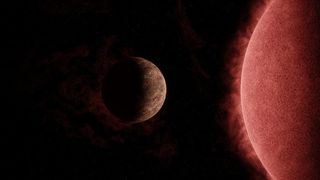
Earth-size planet found orbiting nearby star that will outlive the sun by 100 billion years
By Sharmila Kuthunur published
An Earth-size planet discovered around a nearby star offers astronomers their first chance for exoplanetary geology.
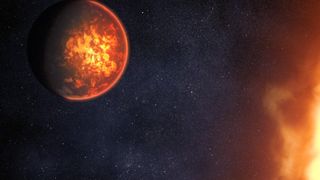
Strange, red-glowing planet may be 'melting from within,' scientists report
By Sharmila Kuthunur published
Scientists have discovered a bizarre, red-glowing exoplanet named TOI-6713.01, which is loaded with active volcanoes and may be 'melting from within.'
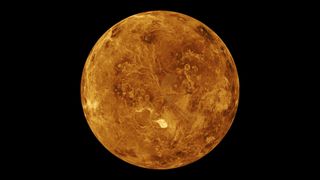
Molecule responsible for robbing Venus of its water may finally have been identified
By Sharmila Kuthunur published
A new water loss mechanism on Venus explains how the planet lost all its water, turning the planet from a potentially habitable world into the parched hellscape we know today.
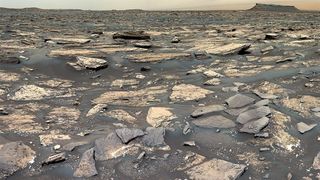
Mars may have been more Earth-like than we thought, discovery of oxygen-rich rocks reveals
By Sharmila Kuthunur published
Newfound rocks on Mars suggest the planet may have once sported an oxygen-rich atmosphere, making it more Earth-like and hospitable to life than previously thought.
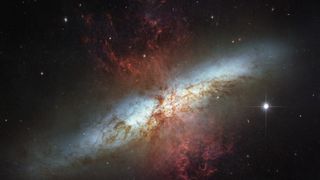
Enormous explosion in 'Cigar Galaxy' reveals rare type of star never seen beyond the Milky Way
By Sharmila Kuthunur published
An incredibly brief, ultrabright explosion has led astronomers to a newfound magnetic star outside the Milky Way, which could be the first of many extragalactic magnetars, according to new research.
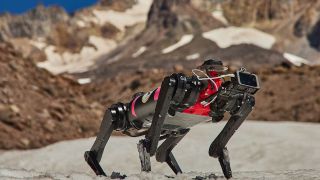
Packs of dog-shaped robots could one day roam the moon — if they can find their footing on Earth first
By Sharmila Kuthunur published
A dog-like, bio-inspired robot called Spirit is still learning to walk, but could one day be deployed on the moon to explore steep, potentially hazardous areas with a team of robot companions.
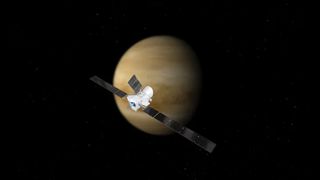
Venus is leaking carbon and oxygen, and scientists aren't totally sure why
By Sharmila Kuthunur published
Observations of Venus taken with the BepiColombo space probe show that our cosmic neighbor is leaking significant amounts of carbon and oxygen from its atmosphere, and researchers can't totally explain why.
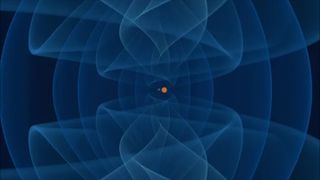
Gravitational waves reveal 1st-of-its-kind merger between neutron star and mystery object
By Sharmila Kuthunur published
Ripples in space-time point to the merger of a neutron star with another mystery object. The object, which falls right within the mass-gap range, sheds light on a long-sought, murky realm.
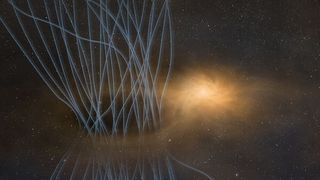
There's a baby star 'sneezing' in the constellation Taurus — and it could solve a longstanding cosmic mystery
By Sharmila Kuthunur published
In a rare observation, scientists found a baby star "sneezing" gas, dust and magnetic energy out of its disk. This behavior could help solve a longstanding mystery about how stars form without tearing themselves apart.
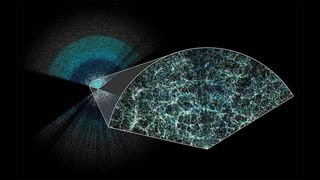
Largest 3D map of our universe could 'turn cosmology upside down'
By Sharmila Kuthunur published
Scientists using the Dark Energy Spectroscopic Instrument have unveiled the largest 3D map of the universe ever. The results suggest that dark energy, the mysterious force pulling the universe apart, may be weakening, challenging prevailing theories of cosmology.
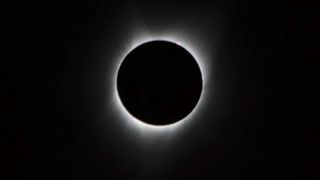
Watch live! The total solar eclipse has begun over North America.
By Sharmila Kuthunur published
The long-awaited total solar eclipse of 2024 has begun — and you can watch NASA's unparalleled view of totality right now in this free live stream.
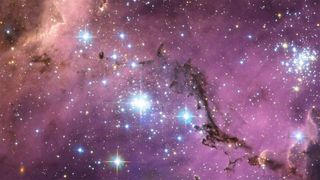
Group of 60 ultra-faint stars orbiting the Milky Way could be new type of galaxy never seen before
By Sharmila Kuthunur published
A new satellite galaxy discovered orbiting the Milky Way is either an incredibly ancient, soon-to-fragment clump of stars or the most dark-matter-dominated dwarf galaxy ever found.
Get the world’s most fascinating discoveries delivered straight to your inbox.
